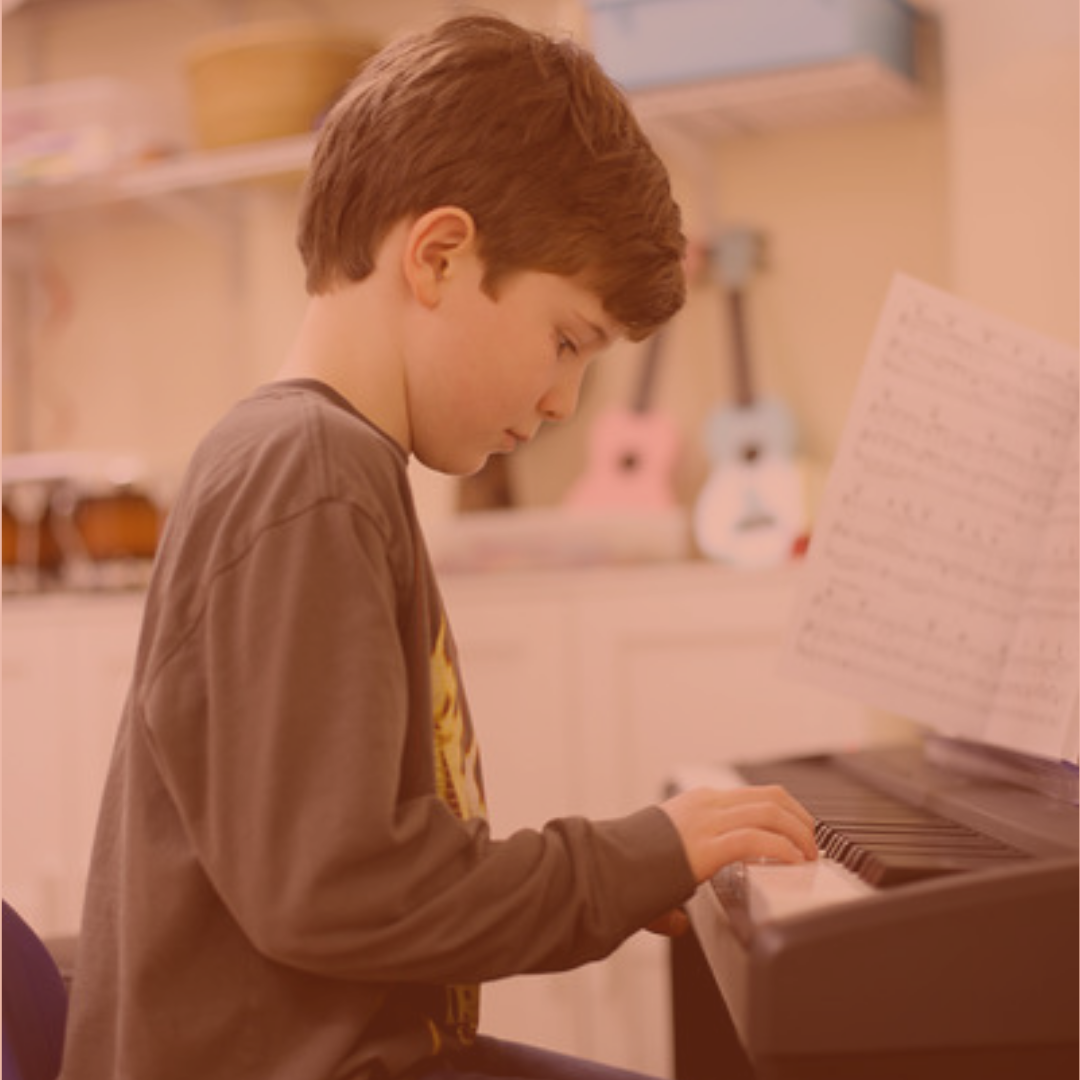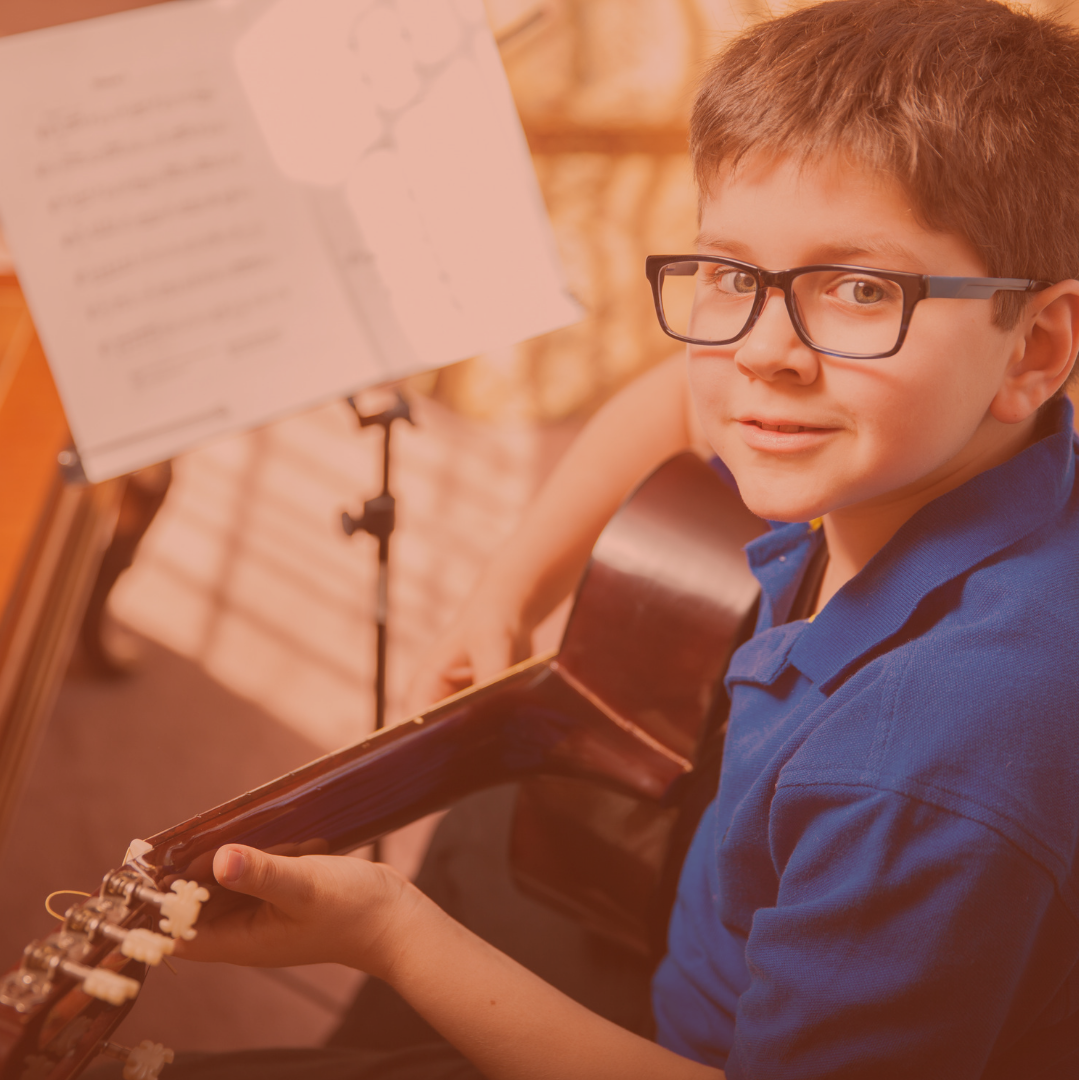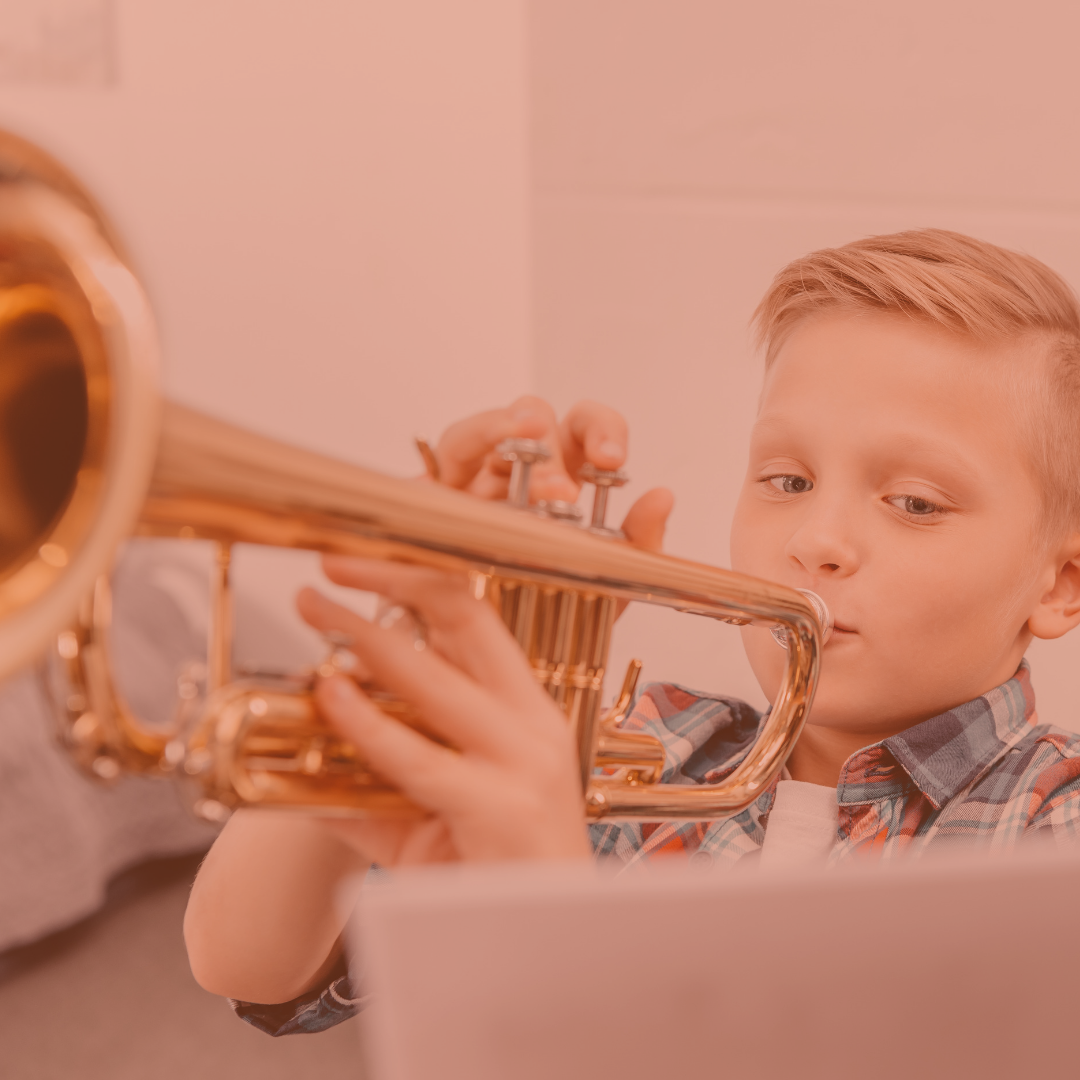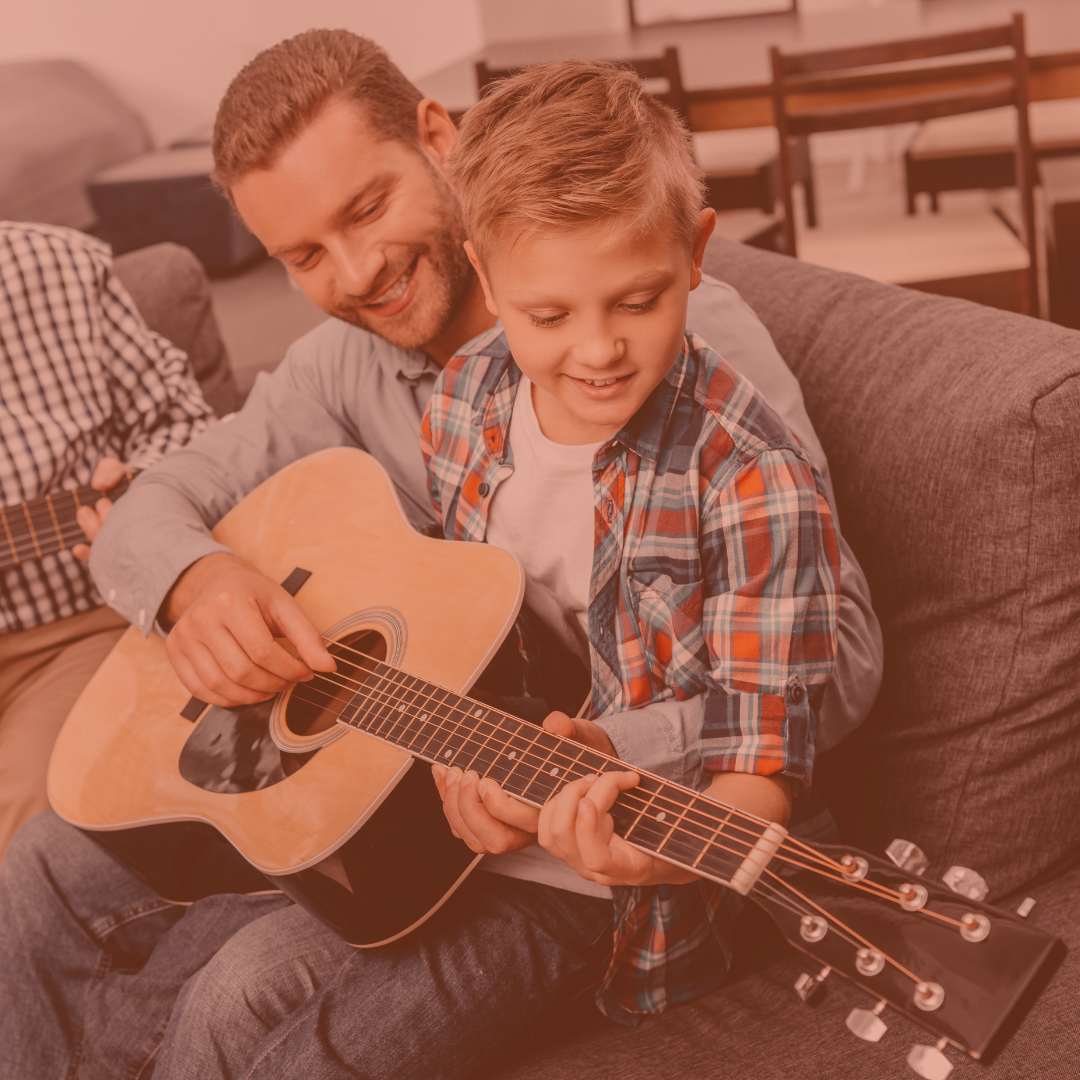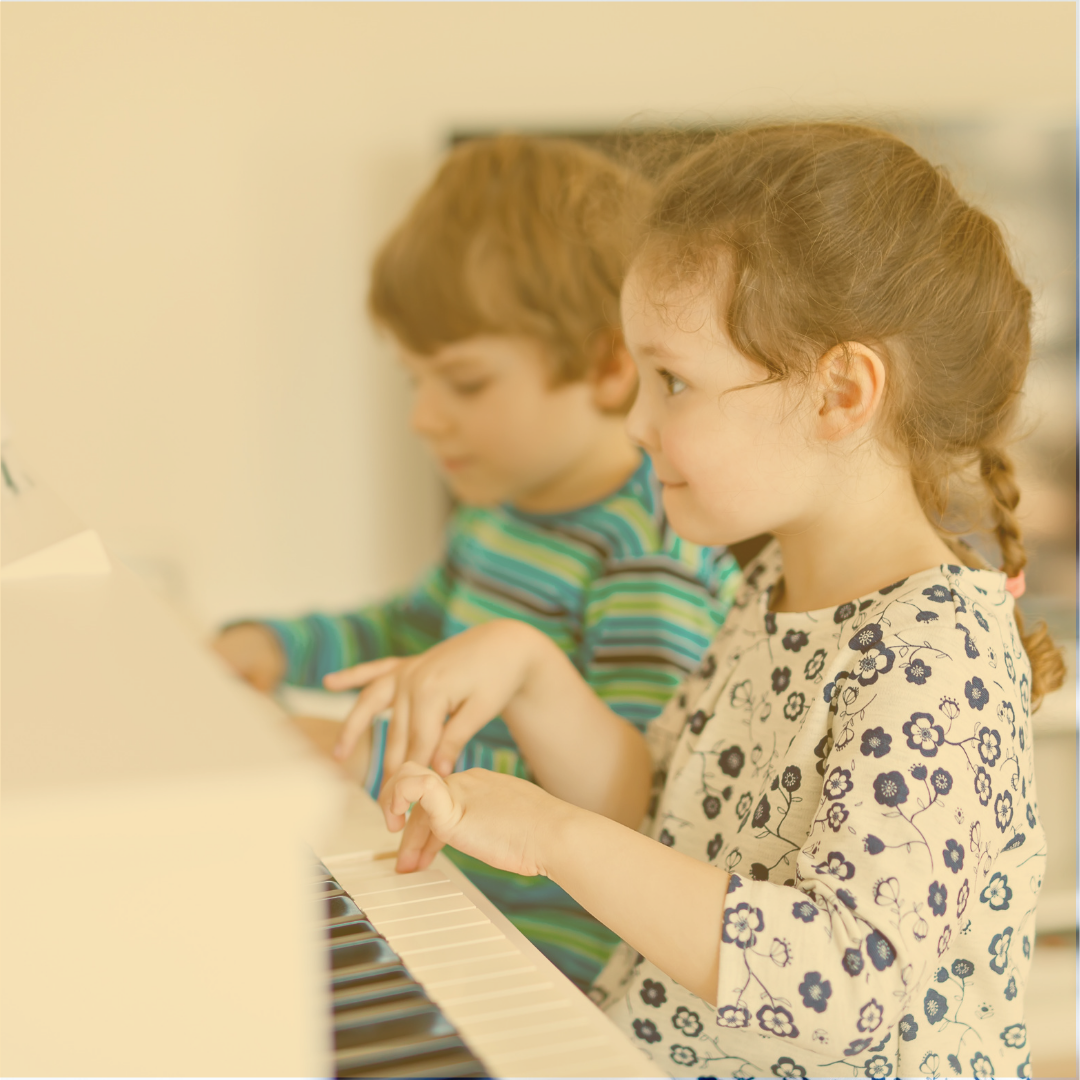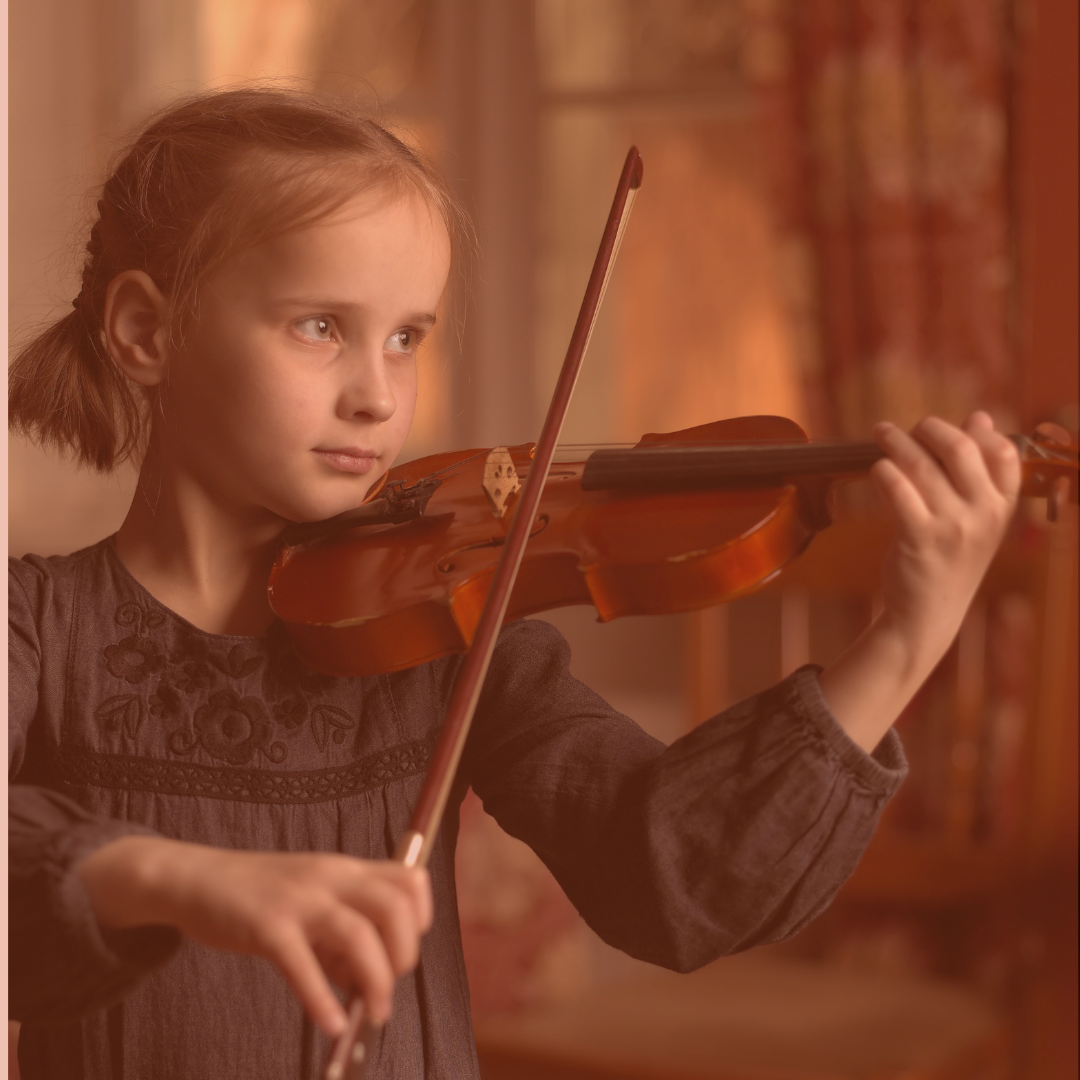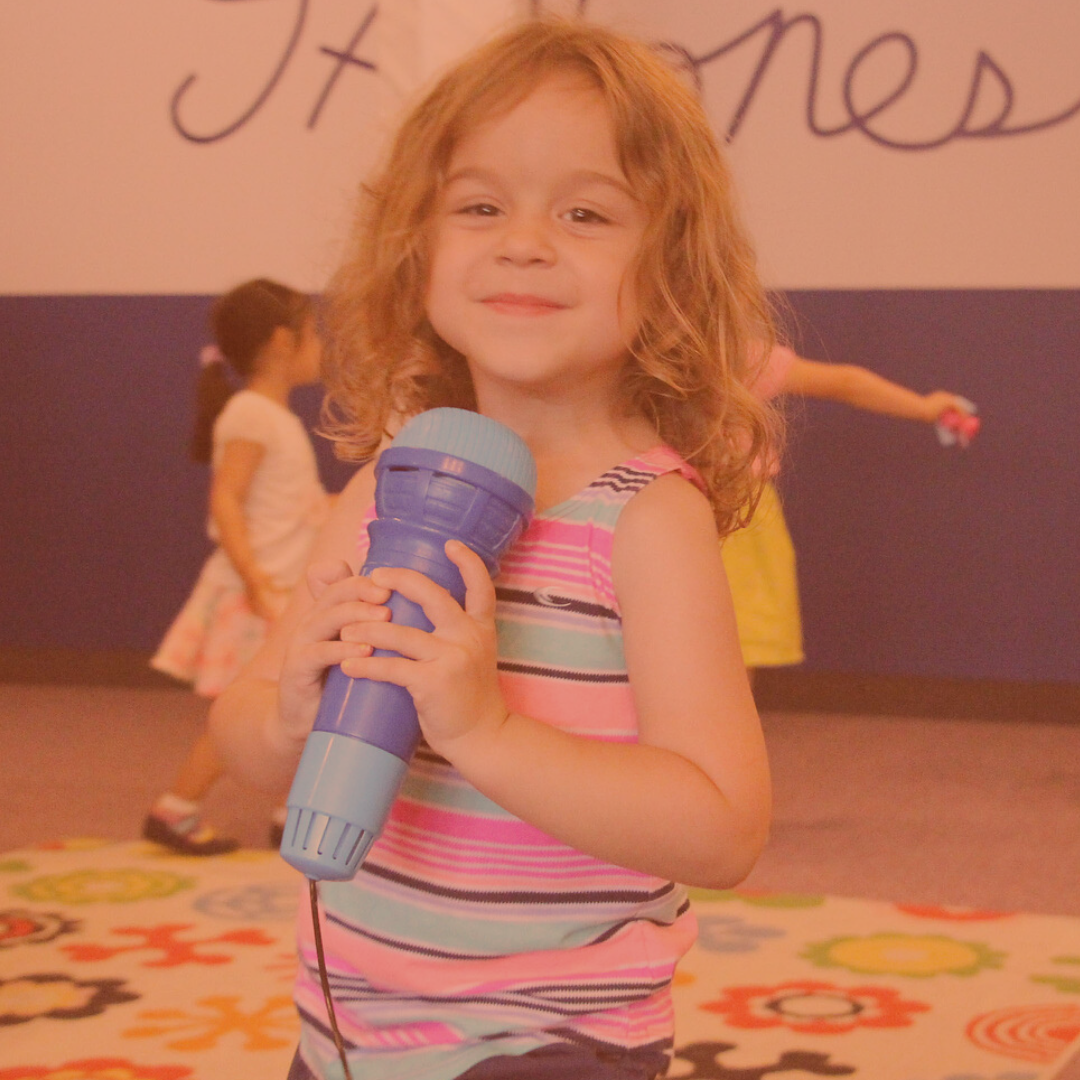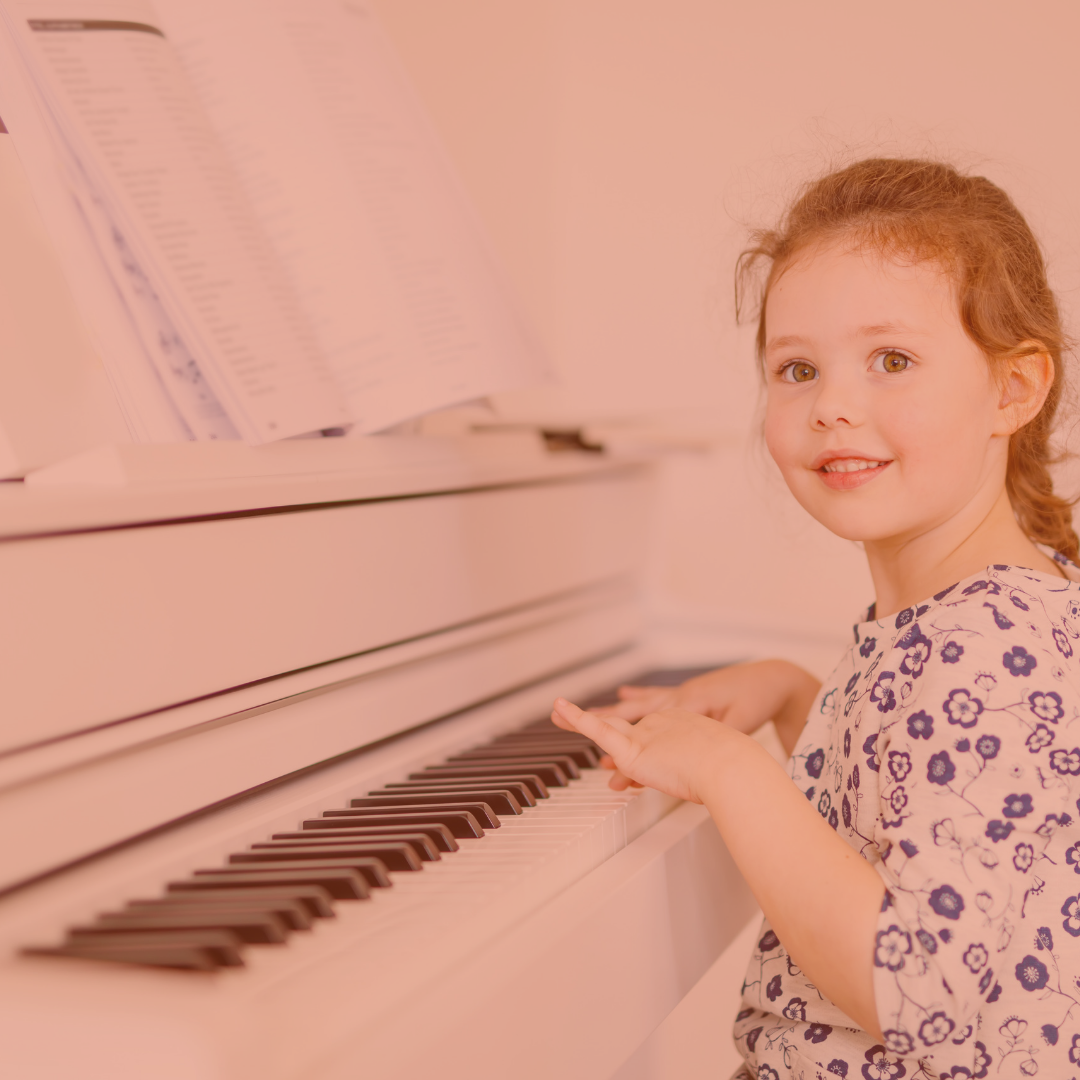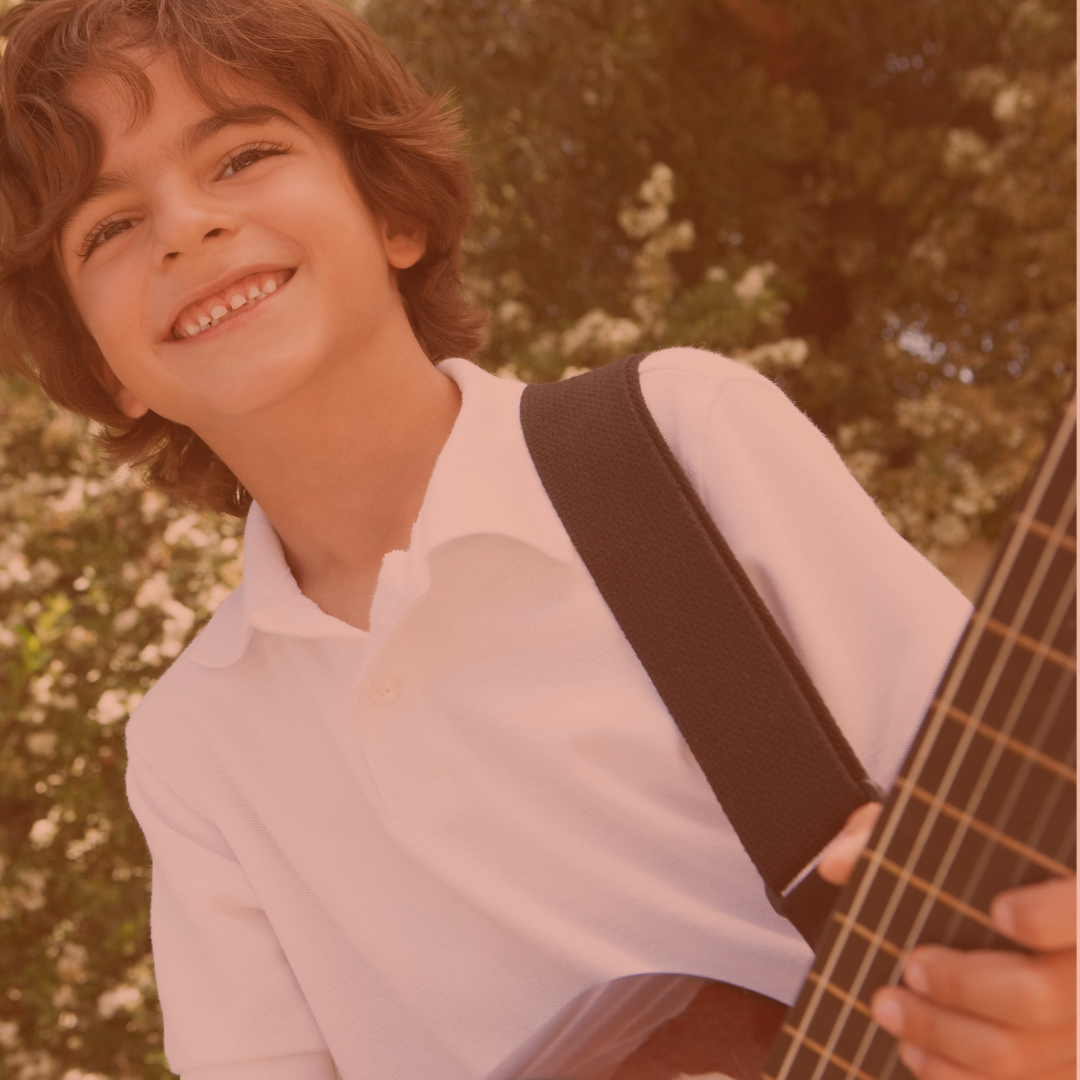Singing With a Cold
It seems like colds always have a way of hitting right before a big performance. Those first few sniffles days before a show can bring a feeling horror. Unfortunately colds are a fact of life that not even superstars can escape. I recently saw a world famous band play a sold out show where the lead singer was complaining of a cold, and watched an interview with Alicia Keys who came down with a cold days before her Grammy Award performance. Do not fret, there are measures you can take from the first sign of a cold to ensure the speediest recovery.
If your cold is in your sinuses (i.e you just feel “stuffed up”) and not in your lungs it means your vocal chords are probably healthy enough to sing. If you start getting a bad cough and are getting hoarse it’s best to rest your voice and if at all possible cancel your show.
The best way to deal with phlegm is with light vocalizing. This will keep your voice supple and flexible and cause the phlegm to vibrate off. Practice singing at a low volume on EE vowel scales and glissando’s (start from you highest pitch and slide down to your lowest pitch).
Try to move the the keys of your songs down. When you have a cold you lose clear access to your high falsetto notes and passagio notes (notes in the “break” of your range between chest and head voice). The voice will tend to be shifted lower, with a thicker tone. If possible, move your songs into a lower key.
You know the drill when you’re sick: sleep tons, drink tons, have some chicken noodle soup, and wash your hands. Here are some other tricks of the trade:
Neti Pot
A neti pot looks like a small teapot. You fill it with special salt and warm water and gently rinse out your nasal passages. This is a great natural way to clear out your nasal passages. It is recommended that you use a neti pot regularly even when your not sick. It clears out bacteria to help prevent you from getting sick and also helping with allergies. Make sure to only use the special salt intended for neti pots.
Inhale Steam
Inhaling steam is a very effective soothing method for you vocal cords and lungs, especially is you have a lot of phlegm in your lungs. Remember, drinking tea and water is great for hydration but it does not touch your vocal cords directly. The only way to get moisture directly onto your chords is by inhaling it.
Zinc
Take zinc as soon as your first symptoms occur. Zinc can shorten the duration of your cold and make you less contagious. You can also try zinc spray for your throat and zinc swabs for your nose.
Mucinex (Guaifenesin)
Guaifenesin is in a class of medications called expectorants. It works to relieve chest congestion by thinning the mucus in the air passages to make it easier to cough up the mucus and clear the airways. Remember to drink lots of water with this medication. If possible, avoid “cough suppressants” and stick with expectorants like mucinex. Cough suppressants will just make the phlegm stay in your lungs for longer delaying recovery.
In the end, there is nothing fun about singing with a cold. Do your best to prevent sickness by getting proper rest, plenty of fluids, washing your hands often, exercising to circulate blood, and monitoring stress. If you have to sing with a cold, be sure to go home and rest your voice straight afterwards.

